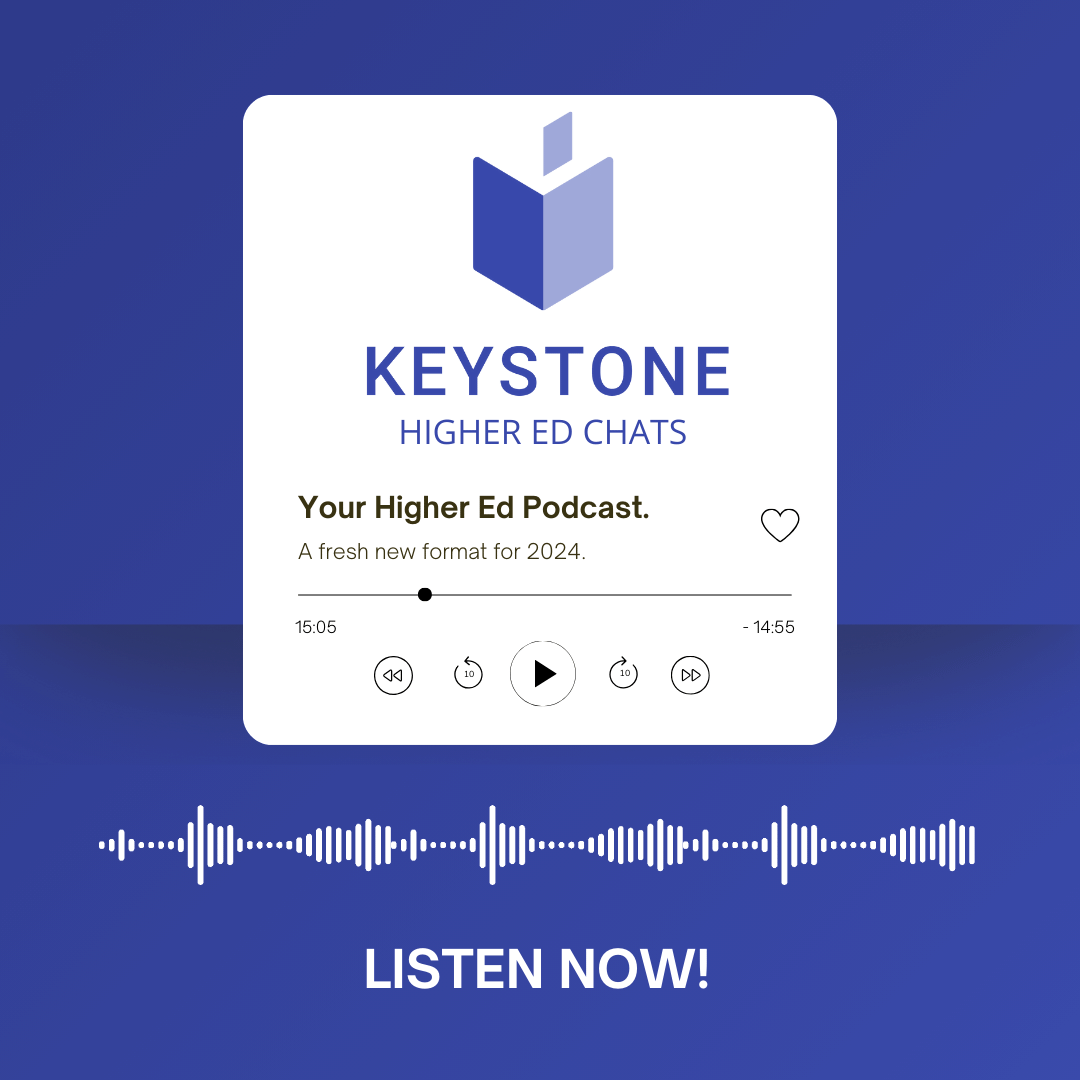- SERVICES
- HIGHER EDUCATION MARKETING
- ENGAGEMENT & ENROLLMENT MANAGEMENT
- STUDENT RECRUITMENT AGENCIES
- PROFESSIONAL EDUCATION & TRAINING
- WHO WE ARE
WHO WE ARE
Learn more about Keystone Education Group, including our leadership structure, why choose Keystone as your educational partner, and company press releases.
QUICK LINKS
- RESOURCES
RESOURCES
Find a range of helpful resources to help with your educational marketing. From on-demand webinars, reports & data, to customer testimonials and our downloadable media kit.
QUICK LINKS
- NEWS
- REQUEST A CALL

- Keystone Higher Education News
- How Do Higher Ed Marketers Connect in an Age of Disruption?
The American Marketing Association’s 2018 Symposium for the Marketing of Higher Education will take place in Orlando, Florida, from 4th to 7th November.
AMA has identified what it sees as the leading challenges for higher-ed marketers this academic year: Diverse audiences. Competing interests. High expectations.
For many in the trade, the answer is to be found in one word: disruption. But if disruption has become something of a buzzword of late, behind that buzz is a complex range of approaches and solutions that share one common trait. A refusal to bow to the status quo!
What is disruption?
Disruption, or ‘disruptive technologies,’ has been a thing for at least two decades. The theory came about when big businesses began to notice that catering to their established customers by doing the same old thing was no way to move forward. At least, not in an age of rapid technological and social development.
It’s taken a while to filter through to other sectors and disciplines. But disruptive education and disruptive marketing are meeting in the middle right now.
The rise of experiential learning – including so-called neo-apprenticeships – is one example. Experiential learning is an attempt to create a more practical combination of classroom learning and the classic internship.
The problem with classroom learning in, for example, an MBA context, is that it is too ‘dry’ to be truly valuable in the business world. But an internship may lack the academic qualities of a traditional lesson. Thanks to virtual classrooms and networking, the neo-apprenticeship can offer the best of both worlds.
Peer-to-peer education is a way of turning the power of the forum into a way to allow students, entrepreneurs, business leaders, and community leaders to learn from each other. It transforms the latent educational value that already exists in the workplace into something that can be actioned.
The increased importance of development in the workplace has led to big brands influencing the evolution of higher education. Whether it’s Peter Thiel headhunting students before they graduate, or Google and IBM ignoring college reputations altogether, the balance of power between brands and traditional universities is in flux.
As Daniel Pianko and Carol D’Amico put it: “Will it be Google or Penn State that sets the standards that determine who qualifies as a good computer programmer?”
Meanwhile, new content delivery platforms, freemium online tools and resources, and the changing distribution of technology (whereby many students now carry a powerful computing device in their pocket or backpack) are changing the technological face of education. Higher education marketers need to figure out where their schools belong in this new network – and what value they can offer, particularly in the wake of rising fees.
What can marketers do about it?
Marketers are often the first-row witnesses of disruption like that described. Embracing this disruption is the most effective way to deal with it. That includes becoming an advocate for disruptive technologies and learning methods, by educating university staff about it.
With the faculty on board, marketers can employ bold and disruptive marketing strategies that speak to tomorrow’s students. Doing so requires recruitment professionals to ‘map’ the student journey: how do you reach them? What is the effect when they discover your brand? How are you helping them to make a decision? How do they experience your service – and what do they say about it to others?
It’s time for colleges to rediscover their marketability in these ways.
“Marketing is an essential business function for every type of organization,” writes marketing expert Elizabeth Johnson, “including colleges and universities. But our industry seems hell-bent on avoiding this fact.
“Why does the industry still shy away from these important concepts, when the most respected non-profits in the world — Human Rights Watch, the Sierra Club, the ACLU, and Doctors Without Borders to name a few — have completely embraced them?”
One way to rediscover your college brand’s marketability is to ask not what you do (which may be similar to your competitors) but why your college works the way it does: and to market that ‘why.’
You can outsource to marketing experts who know how to handle those disruptions to bring these disparate disruptions together – to answer those difficult questions and get your new techniques working for your college.
More about:
Related Tags
Just For You
Top Picks
Higher Ed Chats Podcast
Listen to the latest episodes of our Higher Ed Chats Podcast - new format for 2024. Hear from Higher Ed thought-leaders from around the world!

Webinar: Dos & Don'ts of Higher Ed Social Media
.png?width=500&name=Social%20Media%20Webinar%20March%2024%20Banners%20(3).png)
Join our live webinar on 27th March to hear from a panel of Higher Ed Social Media experts.
Subscribe
to get the latest news and updates





